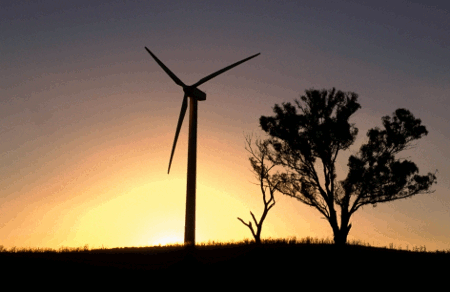
|
Published: 5 September 2011
Research initiative to foster sustainable manufacturing future
Manufacturing makes a significant contribution to Australia's economy, accounting for 8.7 per cent of gross domestic product, 36 per cent of exports and over one million Australian jobs. It is also a major employer of scientists and engineers, accounting for about 40 per cent of Australia's corporate research and development, aimed at developing innovative technologies that help us compete in a global market.
Yet Australian manufacturing faces challenges on many fronts:
-
a high Australian dollar
-
competition from low wage countries
-
a heightened awareness and expectation that industry acts responsibly to improve resource efficiency and minimise pollution generated from their products.
Director of CSIRO’s Future Manufacturing Flagship, Dr Swee Mak, believes researchers can help sustain a manufacturing future for Australia by partnering with industry ‘to develop cleaner, advanced materials and manufacturing technologies to enable companies to grow Australia's productivity and prosperity'.
Dr Mak recently announced a new Sustainable Manufacturing Initiative (SMI), established to realise the Flagship’s goal of ‘creating $2 billion of additional annual value for Australia's manufacturing industry by 2025 through the development and application of resource-efficient, clean and transformative technologies’.
'Benchmarking global manufacturing trends and their relevance to Australia will be a key objective,’ he said.
'The initiative will incubate new concepts and lead discussion on the role innovation plays to prepare manufacturers to capture opportunity and establish long term competitive advantage.'
Emerging technologies like additive manufacturing provide exciting opportunities for the efficient, clean and cost effective production of personalised products that clearly differentiate themselves from commodity driven imports. 1
Future access to export markets and global supply chains will require Australian manufacturers to minimise the whole-of-life footprint of their products to meet emerging legislative requirements and consumer driven preferences. This is another focus area for the SMI.
The SMI team is already partnering with CSIRO's Health, Safety and Environment team to initiate the forthcoming Get Wasted workshop, to be held on 9 November. The workshop will explore the application of industrial ecology to Australia’s manufacturing sector.
Source: CSIRO
1 Additive manufacturing is the process of joining materials to make objects from 3D model data, usually layer upon layer, as opposed to ‘subtractive’ manufacturing methodologies, such as traditional machining, where material is removed from a block of material.




